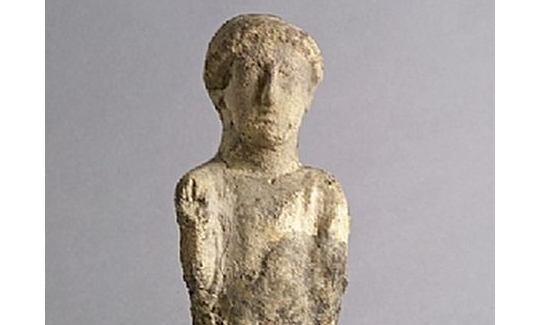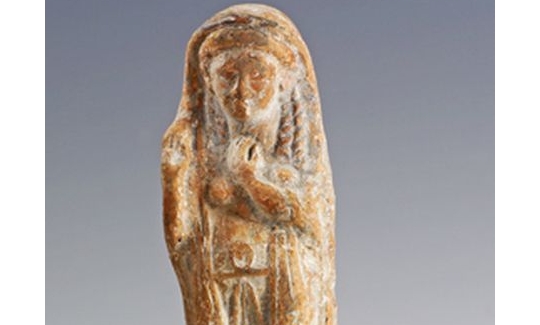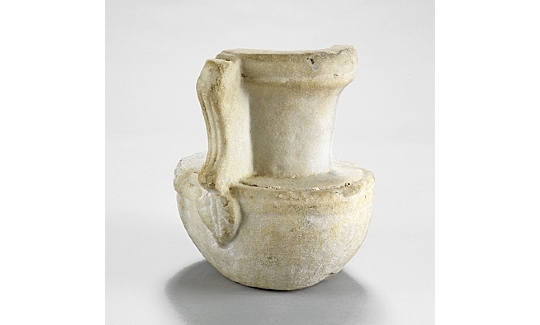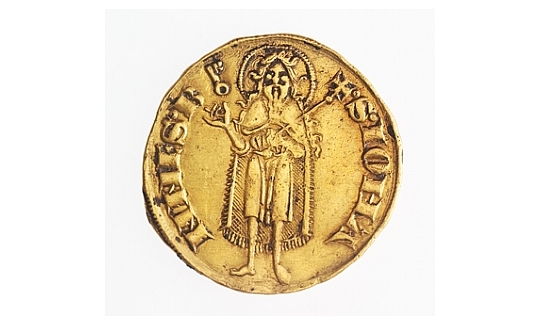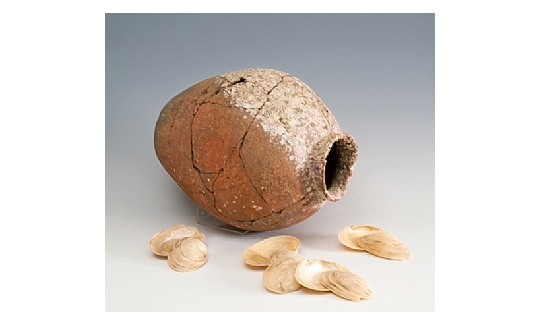New Findings in Underwater Archeology
Sunday, 01.02.15, 20:00
Sunday, 01.10.17
:
Avshalom Zemer
More info:
04-6030800The coast of Israel, two hundred kilometers long, was the junction for sea trade, both among the cities of the coast, and between various destinations in the Mediterranean Basin.
Since the Bronze Age, vessels have carried cargoes of all kinds and sizes. The eastern shores of the Mediterranean are characterized by their instability. The sea is constantly rough there, and because there are few havens, many vessels have been wrecked in storms, and their contents plunged into the deeps. Parts of the timbers and other lighter items that floated to the surface were cast up on the beaches, and were frequently adapted for other purposes; whereas the heavy items - metal, stone anchors, etc. - sank to the ocean floor where they became covered with sand or mud that protected and preserved them for thousands of years.
In the second half of the 20th century, massive mining of sand from the sea for construction work in Israel caused a conspicuous decline in the level of sand along the coast, and gradually uncovered the remains of those ancient ships on the sea-bed. Most of the finds were discovered in the coastal area between Shikmona and Atlit, now known as the "graveyard" of the vessels of antiquity.
Archaeological discoveries have been revealed during excavations and underwater surveys. Some were found by fishermen dragging their nets over the ocean floor and retrieving them with various finds. Amateur divers also came upon artifacts and brought them out of the sea. Underwater robberies of antiquities that formerly interfered with research have almost completely disappeared due to the watchful activities of the maritime branch of the Israel Antiquities Authority.
A finding from the sea is an accurate witness of a shipwreck, especially if coins or other items that can be dated accurately are found nearby. In this sense, the cargo of a sunken vessel is like a clock that has stopped at the moment of occurrence, and the marine archaeologist can establish, virtually pinpoint, the date of the shipwreck. This means that we can discuss a site of an event - and from that moment we can date the entire contents of the vessel.
The science of underwater archaeology helps to provide solutions for archaeologists on land, because the sea preserves the organic findings (e.g. wood) and metals (iron and bronze) in better condition, in most cases, than similar discoveries from land excavations.
Rich and varied findings teach us about the trade routes, about the contents of cargoes, about the religious and ethnic identity of the merchants, as well as the destinations of the merchandise.
The initial attempts at underwater excavation were made without sophisticated equipment, in quiet water. Accordingly, items from ships that had foundered close to the shore were discovered. At the end of the Second World War, when diving equipment for military needs was developed, making longer sojourns under water possible, this equipment was adapted for archaeological research under water. The renowned Jacques Cousteau was the first underwater researcher to develop equipment and tools for discovering and registering items in deep water. The American marine archaeologist George Bass (one of the founders of underwater archaeology) was the first to attempt an underwater excavation at Cape Gelidonia in southern Turkey. In 1960 he uncovered the intact cargo, dated to the 12th century BCE, as well as small pieces of timber from the body of the ship. This finding emphasizes the difficulty of retrieving the wooden parts of wrecks. If they are not immediately covered by sand or mud that protect them, they are exposed to the ravages of the sea - marine organisms that attack the wood and destroy it.
The exhibition includes items retrieved from the sea that have not been displayed previously

